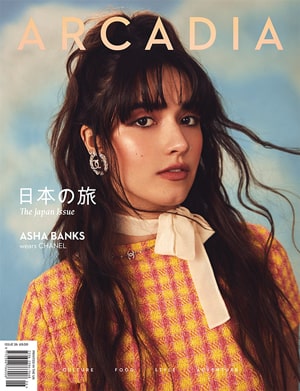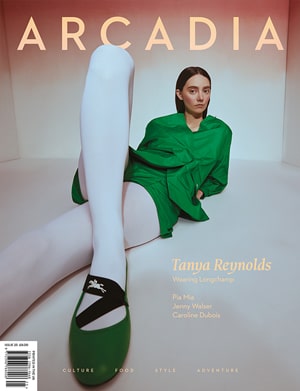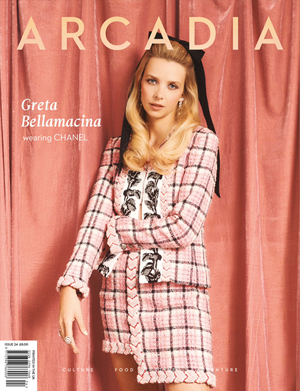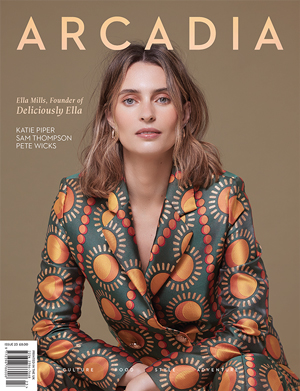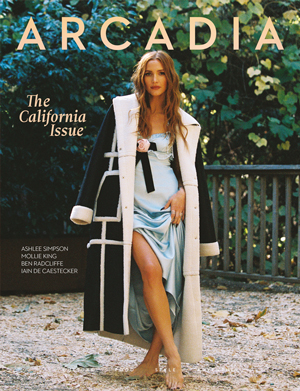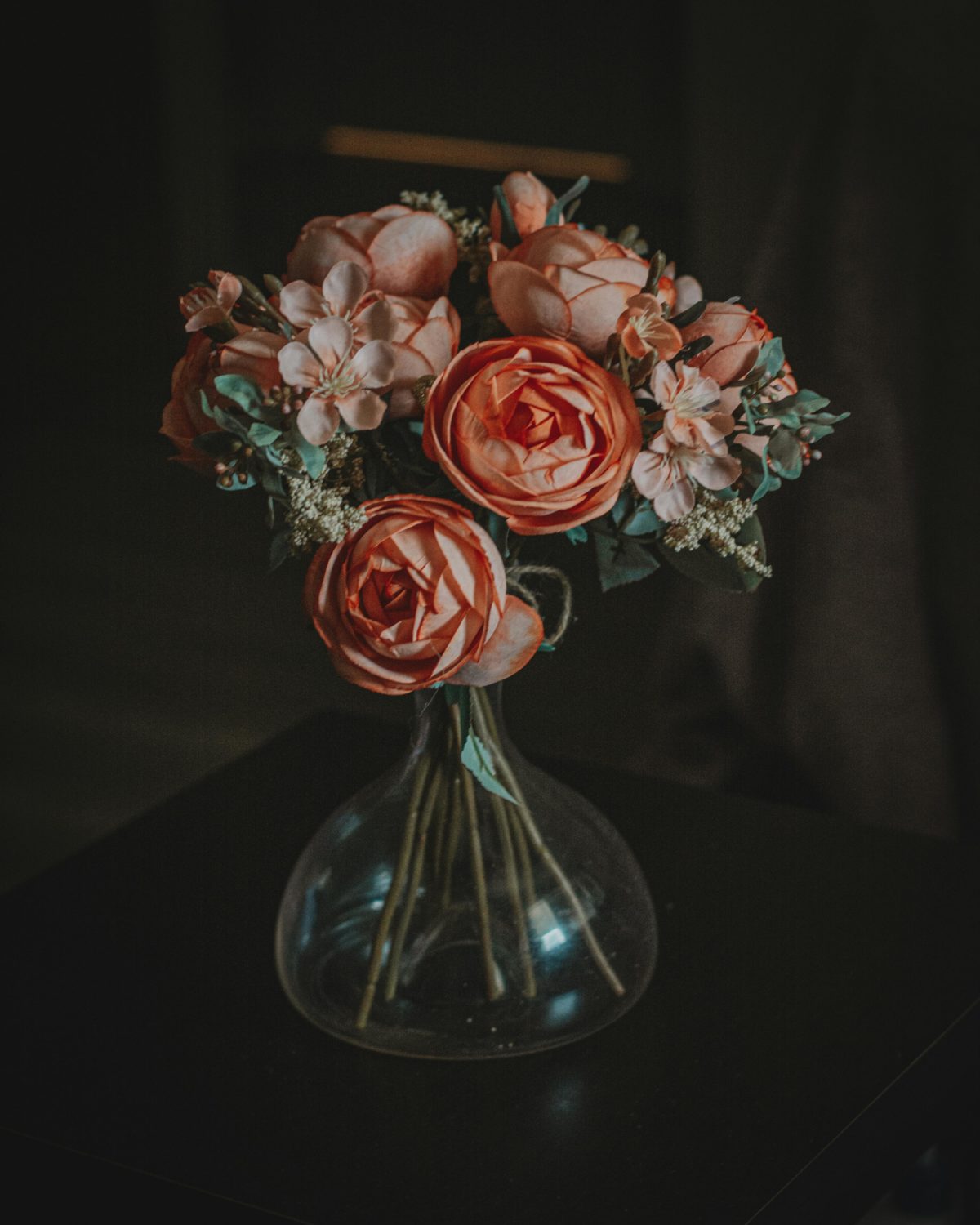
Luxury interior design is evolving. Today’s property owners want beautiful spaces that align with their environmental values. Enter high-quality artificial flowers, no longer the plastic imitations of the past, but sophisticatedly designed to rival fresh blooms in beauty while surpassing them in practicality.
Modern faux flowers solve drawbacks for luxury homeowners. They eliminate weekly flower deliveries, reduce waste, and maintain a pristine appearance. From London penthouses to country estates, these botanical reproductions are changing minds about chasing the holy grail of fresh flower snobbery.
The Shift Toward Sustainable Luxury Design
Market research tells a clear story. Property owners with multiple residences increasingly demand materials that align with their environmental values without compromising quality. Deloitte’s 2024 survey places environmental impact as the third most important factor for wealthy buyers choosing interior design elements.
This isn’t just a trend. Property owners managing multiple homes need materials that last, and require minimal maintenance. A single luxury property can spend £35,000 annually on fresh flowers, most of which becomes waste within days.
The numbers make sense: artificial flowers represent an investment rather than an ongoing expense. Premium arrangements cost £650-£4,200 upfront but eliminate replacement costs for 5-7 years.
Where Faux Flowers Fit
Today’s artificial flowers bear no resemblance to their predecessors. Modern manufacturing creates silk-grade materials with hand-painted details, natural colour variations, and weighted stems that move like living plants.
The benefits address luxury lifestyle needs and evolving sustainability values:
- Zero waste production
- No allergen concerns for allergic occupants
- Travel-friendly durability for international properties
- Consistent appearance regardless of season or location
- Complete elimination of maintenance requirements
For estates spanning continents or seasonal properties, artificial flowers provide aesthetic consistency without coordination headaches.
Biophilic Design in Wellness-Focused Interiors
Biophilic design incorporates natural elements into indoor spaces to support wellbeing. According to the National Institutes of Health, exposure to biophilic design elements can reduce stress hormones by up to 15% and improve cognitive performance scores significantly compared to non-biophilic environments. Research published in PMC shows that even minimal nature-inspired elements trigger measurable wellness improvements within 15 minutes.
Harvard studies confirm 15% productivity increases in biophilic environments. The WELL Building Standard now requires biophilic elements in commercial wellness spaces, recognising their health impact.
For luxury homeowners creating wellness-focused spaces, these findings matter. Home spas, meditation rooms, and exercise areas benefit from biophilic elements that support mental clarity and reduce stress.
Faux Florals in Wellness Spaces
Wellness facilities face unique challenges with living plants. Hygiene protocols, temperature changes, and humidity fluctuations create hostile environments for traditional botanicals. Quality artificial flowers solve these problems while delivering biophilic benefits.
Luxury spas and private wellness areas use artificial botanicals to maintain cleanliness standards while providing nature-inspired visual appeal. Unlike living plants requiring soil and water, faux florals withstand cleaning protocols essential in wellness environments.
Where High-End Interiors Are Using Faux Flowers
Hotel Suites and Hospitality Venues
Luxury hotel chains have embraced artificial flowers for practical reasons. International hospitality groups save over £180,000 annually per property by eliminating fresh flower procurement and replacement cycles.
These savings allow investment in other guest experiences while incorporating the botanical beauty that defines luxury hospitality. Properties maintain signature floral themes year-round, regardless of seasonal availability or location constraints.
Residential Interiors
Smart homeowners use artificial flowers in locations where fresh flowers fail. High ceilings, humid bathrooms, and vacation properties with irregular occupancy benefit from the purchase of faux, maintenance-free beauty.
Janey Dillon, the CEO at The Faux Flower Company, an online store selling faux flowers and plants, says that there has been growing demand from yacht owners and private jet operators, where the environmental conditions make living plants impossible. “Pressure changes, temperature extremes, and limited maintenance ability are ideal locations to move from natural to faux,” she said.
Current trends favor faux placements in bathrooms where humidity damages fresh flowers, and kitchen areas where volatile temperatures are not conducive to longevity of natural arrangements.
Events and Photography
Fashion shoots and luxury events increasingly specify artificial flowers for elaborate arrangements requiring the stability of multi-day use. Fresh flowers deteriorate under studio lighting within hours, while artificial alternatives maintain perfect form.
Event planners favour artificial flowers for complex installations impossible with perishable materials. The ability to construct arrangements weeks in advance and reuse across multiple events provides tremendous practical and economic advantages.
How to Use Faux Flowers in a Luxury Context
- Choose Quality Materials
Premium artificial flowers distinguish themselves through superior construction. Quality indicators include silk-grade fabrics with natural texture variations, hand-painted colour gradations, and weighted stems exhibiting realistic flexibility.
Investment grade artificial flowers cost £45 to £165 per stem but maintain appearance for 5 to 7 years. Mass market alternatives may cost less initially but fade within 18 months, making premium options more economical long term.
Examine petal edges for hand-finished details, stem construction for natural weight distribution, and colour variations that prevent artificial uniformity.
2. Use Moderation
Effective artificial flower design employs restraint. Single statement pieces against neutral backgrounds create more impact than overwhelming spaces. Pair faux botanicals with natural textures like stone, wood, or metal.
Seasonal rotation prevents staleness while maximising investment returns. Spring cherry blossoms transition to autumn maples, creating dynamic environments connected to natural rhythms without disposal waste.
Strategic lighting enhances realism. Carefully positioned accent lighting highlights textural details while avoiding harsh illumination that reveals synthetic construction.
3. Combine with Natural Elements
Create compelling displays by mixing artificial stems with preserved grasses, dried branches, or natural stone elements. This combination produces textural complexity that appears curated rather than artificial.
Choose neutral vessels in ceramic, stone, or metal that highlight botanical elements without competing for attention. Oversized arrangements in understated containers create more impact than elaborate vases with modest stems.
Address the scent limitation through discrete reed diffusers. Seasonal essential oil combinations enhance thematic coherence while maintaining the maintenance-free advantage.



